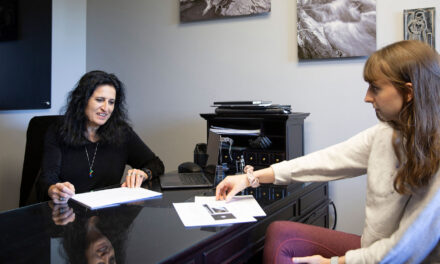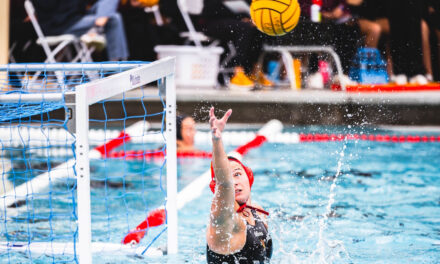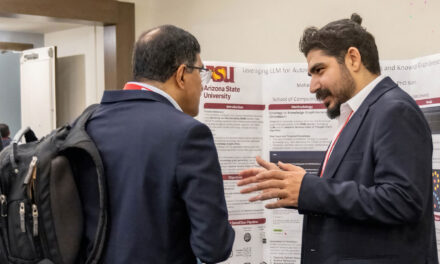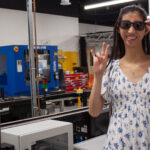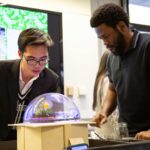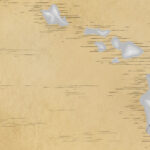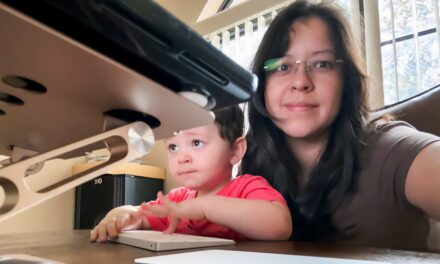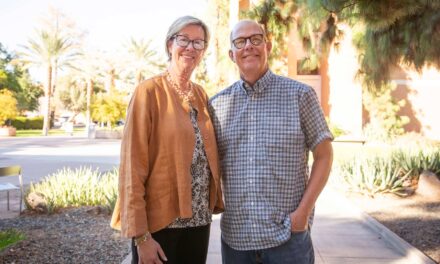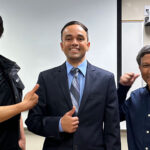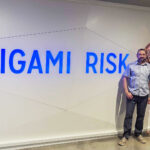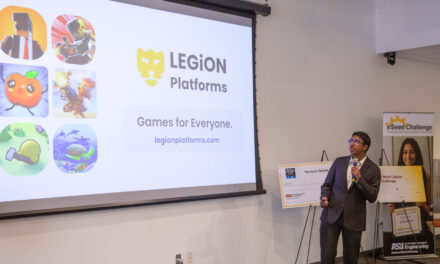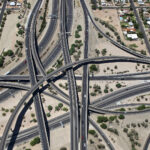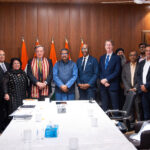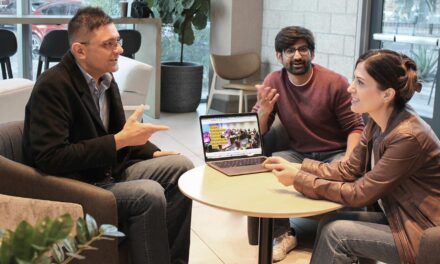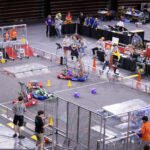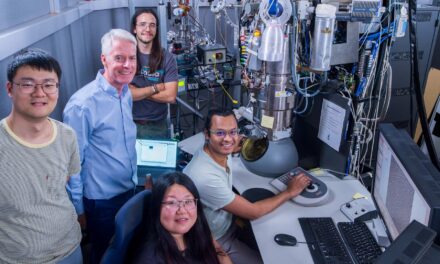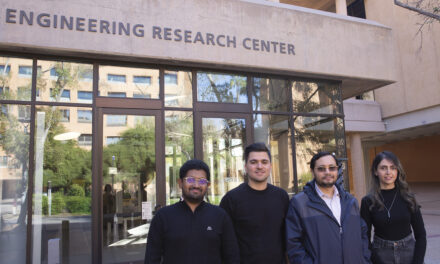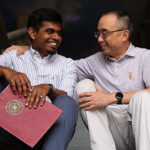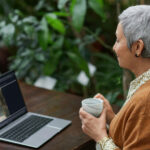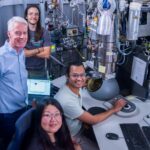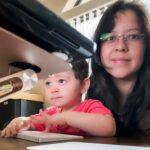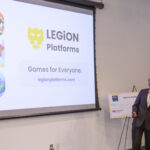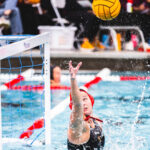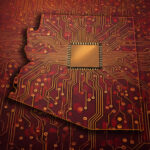
ASU student satellite group keeping busy with competitions, projects
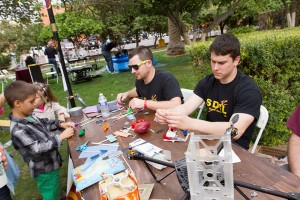
The Sun Devil Satellite Lab is an active student organization that has both competitive teams and an outreach component. Students from all majors are welcome to join SDSL.
The Sun Devil Satellite Laboratory (SDSL) has stayed active this summer. The Arizona State University student group competed in an international astronautical competition and began preparing a proposal for a contest to contribute to a Mars exploration mission.
An SDSL team traveled to Texas for the CanSat Competition organized by the American Astronautical Society and the American Institute of Aeronautics and Astronautics. They finished 26th from among 59 student teams from around the world.
A “super-complicated” egg drop
The competition involved designing, building and launching an atmospheric re-entry container – a small one, roughly the size of standard soda can or lemonade mix container, hence the title CanSat for can satellite.
The contest involved “simulating re-entry through the atmosphere with something important on board, or a super-complicated egg-drop experiment,” said SDSL vice president Bryan Sonneveldt, an aerospace engineering student with a concentration on astronautics.
Each team’s CanSat –carrying a hen’s egg as a payload – was placed inside a rocket and launched upward about 1,000 meters. The rocket then separated and released the CanSat.
“From that point to 500 meters altitude a parachute could be used to slow it down, but only to 12 meters per second,” Sonneveldt explained.
“At 500 meters altitude the outer container of the CanSat, along with the parachute, had to separate from the portion holding the egg. From that point, no parachute could be used to control the descent, but another form of aero-breaking structure had to be used,” he said.
The CanSat also had to relay telemetry to a ground station the team had put together. Altitude, temperature, pressure and descent rate were relayed, and all of this had to be done autonomously. The goal was to return the CanSat and the egg to the ground intact.
Along with Sonnenveldt, the SDSL CanSat team members were: aerospace engineering students Heather Zunino, Sarah Smallwood and Ryan Teves; electrical engineering students Raymond Barakat, Zach Burnham and Miao Tang; mechanical engineering student Jana Devries’ and astrophysics student William Merino.
Smallwood recently won an ASU/NASA Space Grant internship, which will fund her space exploration research during the upcoming fall and spring semesters.
Continuing work on additional projects
SDSL has several ongoing projects. They include construction of a vacuum chamber and a plasma pulse thruster that will be tested inside the chamber, and a CubeSat project in collaboration with ASU’s School of Earth and Space Exploration to produce a small satellite capable of being launched into space.
The group also plans to build and operate a small satellite attitude control system test bed for testing a satellite pointing system. Such a system controls the direction in which a satellite is oriented to observe certain areas, send and receive signals, rotate for stability and point solar panels toward the Sun.
In addition, the group is submitting a project proposal for the Mars One University Challenge. Mars One is a not-for-profit organization that is attempting to mount resources for an unmanned mission to Mars in 2018.
Teams of university students are competing to have their ideas for scientific experiments and technology demonstrations on Mars become part of the mission.
SDSL has about 15 active members – including students majoring in aerospace, mechanical, electrical and computer systems engineering, and astrophysics – and is hoping to soon attract more, Sonneveldt said.
Students in any area of study are welcome to join. “Education outreach is a key component of what we do, and students in any major can help with that,” he said.
Media Contact
Joe Kullman, joe.Kullman@asu.edu
(480) 965-8122
Ira A. Fulton Schools of Engineering



